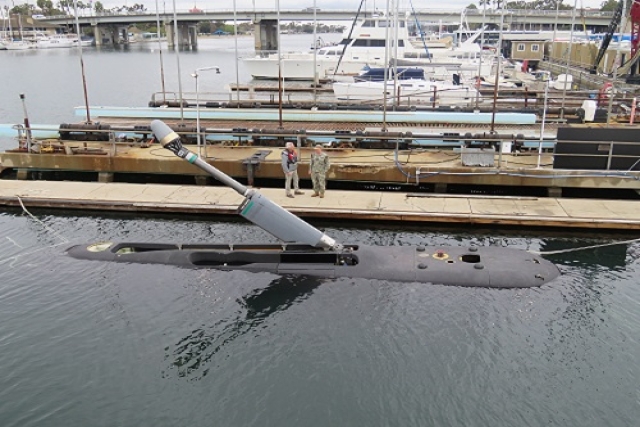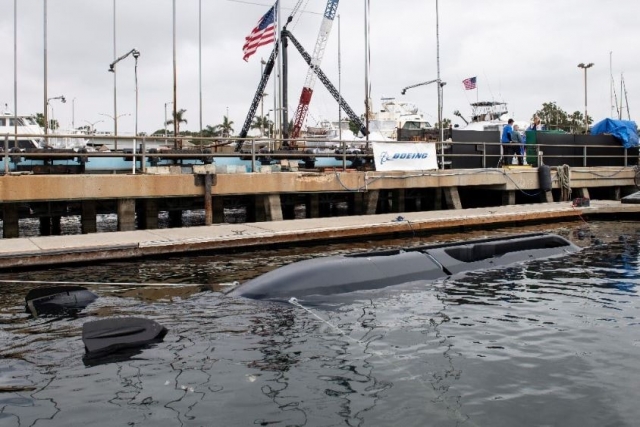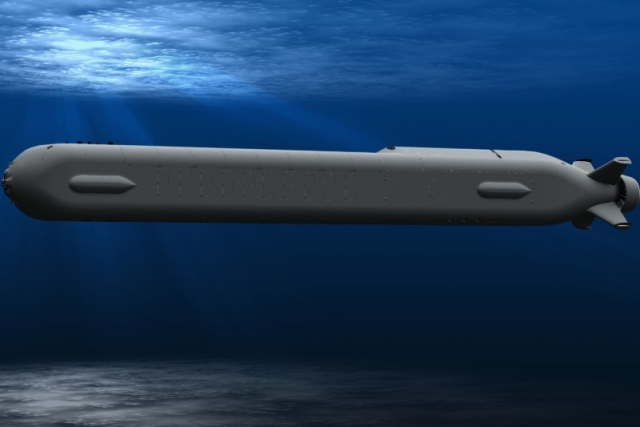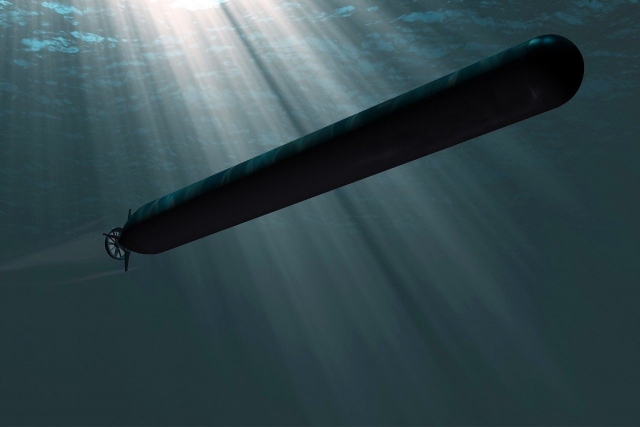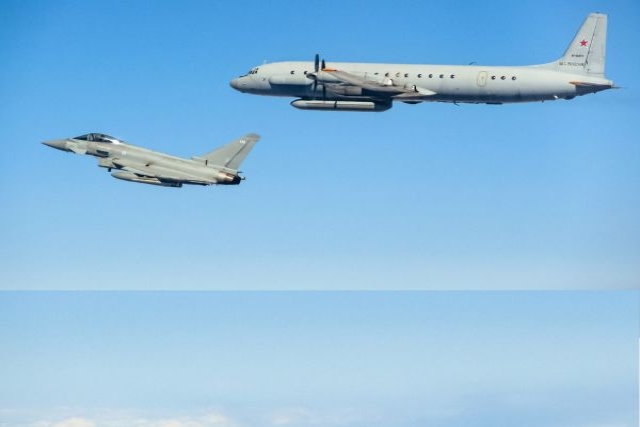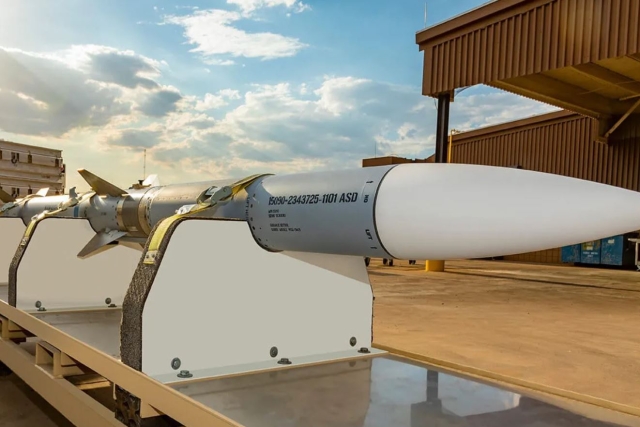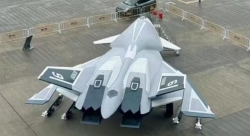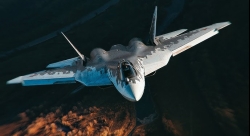U.S. Navy to Receive Second Boeing Orca Autonomous Submarine in Early 2025
Boeing-built extra-large unmanned undersea vehicle to undergo testing before deployment
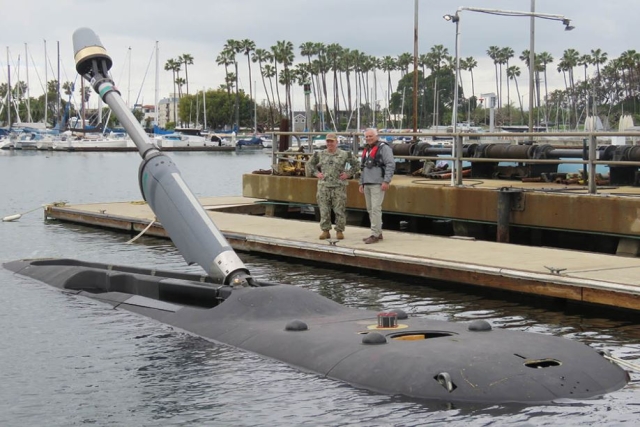
The U.S. Navy is scheduled to take delivery of its second Orca extra-large unmanned undersea vehicle (XLUUV) from Boeing in early 2025, following contractor-led testing and evaluations.
The Orca XLUUV is part of the Navy's initiative to expand its hybrid fleet with unmanned maritime systems. According to an official statement, the XLE-1 prototype has completed construction and is undergoing at-sea testing at Marina Shipyard. Once delivered, the prototype will undergo developmental and operational testing through the third quarter of fiscal year 2025. After testing, the Unmanned Undersea Vehicle Squadron (UUVRON) 3 unit will certify the crew for its deployment.
The Orca XLUUV is designed to perform missions including mine countermeasures, anti-surface warfare (ASuW), anti-submarine warfare (ASW), electronic warfare (EW), and strike operations. The system enables operations without direct personnel involvement, offering long-range autonomy and the ability to launch, recover, and communicate from remote bases.
Boeing delivered its initial Orca test asset, XLE-0, to the Navy after acceptance tests in December 2023. The Navy awarded design contracts for the XLUUV program to Boeing and Lockheed Martin in 2017, with Boeing later securing a $43 million contract in 2019 to produce four vehicles and an additional prototype. These contracts totaled $274 million.
The Orca XLUUV is based on Boeing's Echo Voyager, a 26-meter-long modular vessel with a hybrid power system capable of months-long autonomous missions. It features navigation, obstacle avoidance, and communication systems, including encrypted satellite and acoustic technologies for submerged operations.
Equipped with a modular payload bay, the Orca can carry 8 tons of dry weight, supporting sonar systems such as Raytheon PROSAS for ocean mapping. Its hybrid propulsion system allows a range of 6,500 nautical miles, with autonomous surfacing for battery recharging via diesel generators.

